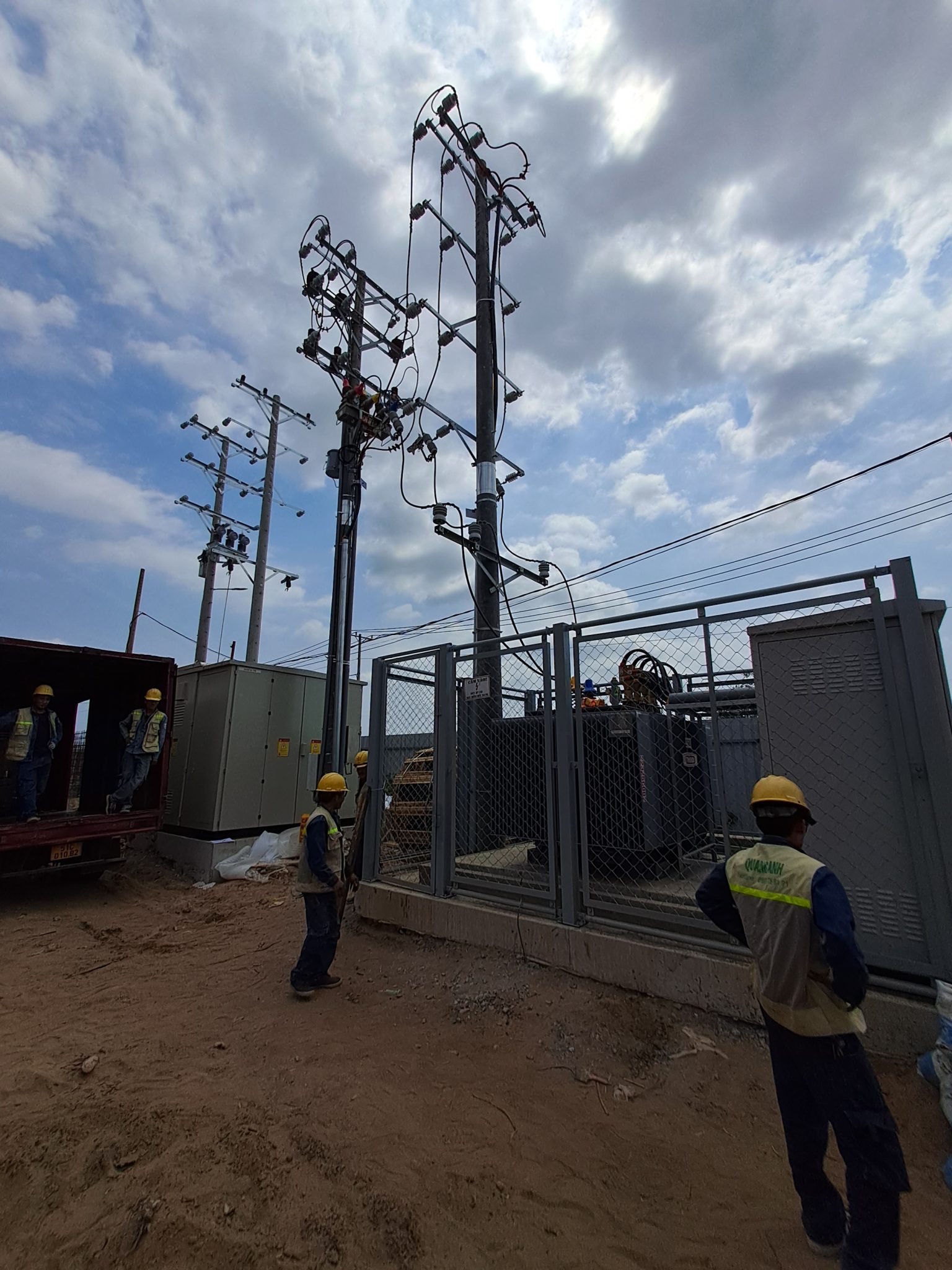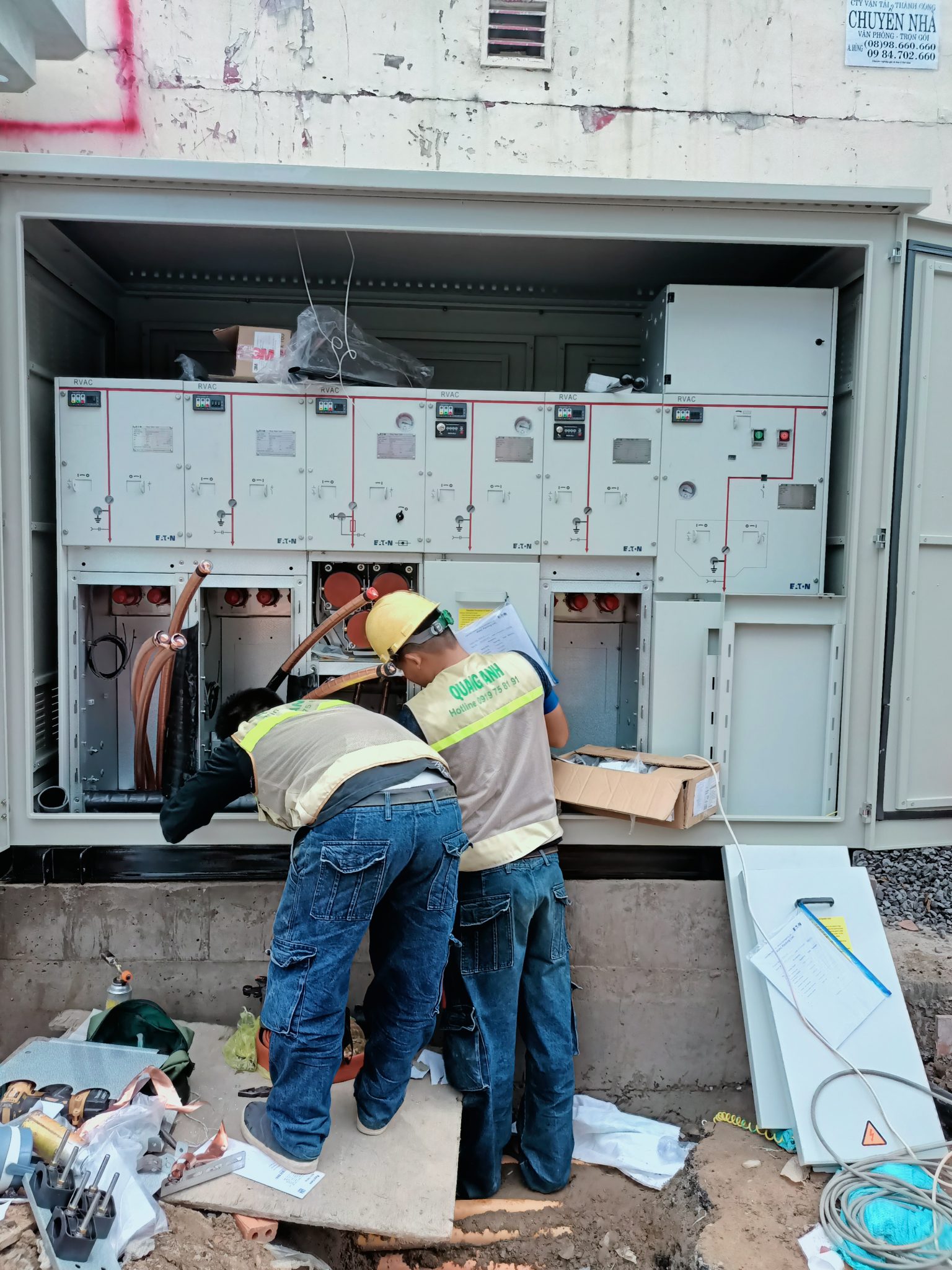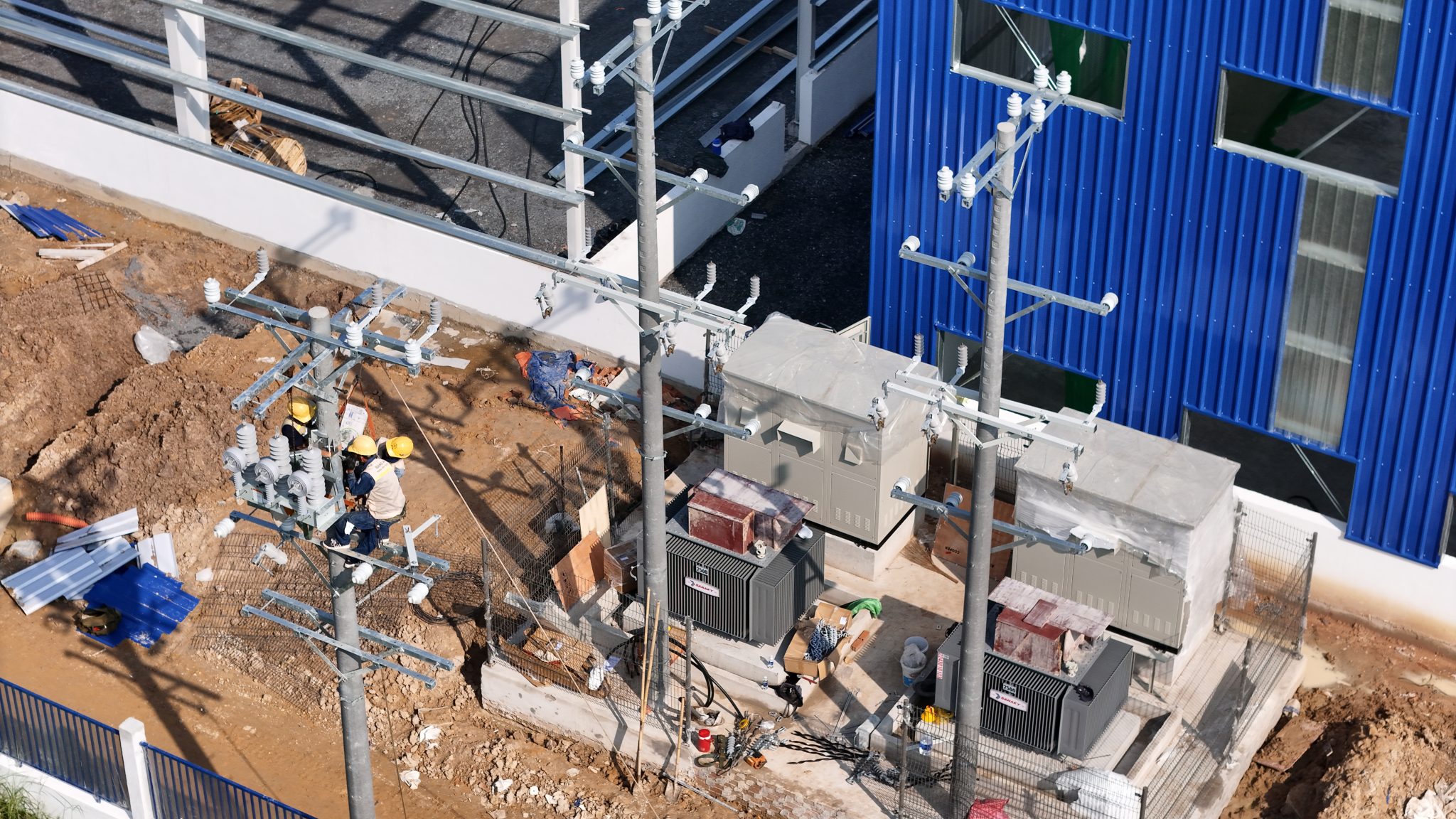News
Solar Energy Pricing 2025: Gain a Clearer Understanding of the New Framework
In 2025, the Ministry of Industry and Trade of Vietnam issued Decision No. 988/QĐ-BCT on the framework for purchasing solar energy, creating price divisions by region and project type.
Overview of the Solar Energy Pricing 2025
The solar energy pricing in 2025 is structured based on Decision No. 988/QĐ-BCT. The energy price is divided based on region and project type, including the integration of energy storage systems. The price varies between regions due to the impact of solar radiation, with higher prices for projects integrating BESS. This aims to reflect project costs and efficiency, as well as overcome challenges such as exchange rate risks and certifications.
Summary of Solar Energy Pricing
The solar energy price table in 2025 in Vietnam, according to Decision 988/QĐ-BCT of the Ministry of Industry and Trade, has been clearly defined for various types of solar power plants, particularly floating and ground solar. This includes projects with and without energy storage systems (BESS).
Detailed Solar Energy Pricing Levels
Specifically, solar energy prices are segmented by type and geographical area as follows:
Ground Solar Energy
-
Without BESS:
-
North: 1,382.7 VND/kWh
-
Central: 1,107.1 VND/kWh
-
South: 1,012.0 VND/kWh
-
With BESS:
-
North: 1,571.98 VND/kWh
-
Central: 1,257.05 VND/kWh
-
South: 1,149.86 VND/kWh
Floating Solar Energy
-
Without BESS:
-
North: 1,685.8 VND/kWh
-
Central: 1,336.1 VND/kWh
-
South: 1,228.2 VND/kWh
-
With BESS:
-
North: 1,876.57 VND/kWh
-
Central: 1,487.18 VND/kWh
-
South: 1,367.13 VND/kWh
Related Technical and Economic Factors
- Proportion of energy charged: Specified at 5% of the solar plant’s output, ensuring optimal system operation.
- Storage/discharge time: Systems must ensure a minimum discharge capacity of 2 hours.
- Minimum capacity: Requires at least 10% of the solar plant’s capacity to maximize operational efficiency.
Review of Solar Energy Pricing
Although designed to promote renewable energy development, many investors feel that the current price is not attractive enough as it still faces significant investment cost challenges and exchange rate risks. The specific price division by the Northern, Central, and Southern regions also reflects differences in solar radiation and local policies.
Comparison with Residential Electricity Prices
When compared to residential electricity prices (as regulated in Decision 1279/QĐ-BCT), solar energy prices are seen as an effective solution to encourage green energy use, although the price level remains lower than high-tier residential electricity consumption rates.
The Overview of the 2025 Solar Energy Price Table strives to balance sustainable development goals with the practical economic demands of Vietnam’s energy sector.

Integrating Energy Storage Systems in Projects
Integrating energy storage systems (BESS) in solar projects enhances usage efficiency and ensures stability in energy supply. Projects using BESS enjoy higher pricing, motivating investment in this technology. It not only boosts performance but also contributes to grid stability, especially as energy demand rises.
Role and Benefits of Energy Storage Systems (BESS) in Projects
Incorporating energy storage systems (BESS) is a crucial step towards enhancing the efficiency and stability of renewable energy systems. When paired with wind or solar power, BESS helps store excess energy during peak production, thus minimizing overload and maintaining continuous, stable electricity supply to the grid.
BESS not only optimizes energy management but also enhances grid connectivity, supports frequency regulation, and provides ancillary services, improving power quality and stability. It is an essential component in developing smart grid systems, addressing renewable source intermittency, and increasing grid flexibility, thereby ensuring national energy security.
Notable Projects and Scale of Energy Storage Systems
Prominent projects like Hornsdale Power Reserve in South Australia with a capacity of 150 MW and storage of 193.5 MWh, or Edwards & Sanborn in California, USA, with a battery capacity of up to 3,287 MWh, exemplify large-scale BESS application. The Bramley project in the UK is also impressive with its modern PowerTitan 2.0 technology, capacity of 100 MW/331 MWh, contributing to grid stability and supporting frequency regulation.
In Vietnam, the pilot project at PECC2 Innovation Hub, EVNHCMC, with a Li-ion battery storage system, combined with rooftop solar, has created a sustainable clean energy solution for urban load, promoting smart grid and smart city development in Ho Chi Minh City.
Approach and Development of Energy Storage Systems in Vietnam
In EVN’s implementation plan, several BESS projects are being tested, ranging from 7 MW to 138 MW. The goal is to evaluate the technical aspects, pricing mechanism, and ancillary services to support large solar projects.
Establishing standards and technical regulations for BESS is essential to ensure system safety and reliability, as well as promote technical consistency in installation and operation. Energy storage systems not only ensure energy security but are also a crucial factor in addressing climate change and increasing the prevalence of renewable energy sources.
Technology and Integration Solutions
Li-ion batteries are the leading technology for BESS systems due to their stable storage and high efficiency. The modular design with an AC-DC inverter integration is an optimal solution to shorten installation and operation time, reduce costs, and enhance efficiency.
Connecting to high-voltage grids and frequency regulation services allows these storage systems to effectively support the national grid, especially during peak hours or when there are large fluctuations in renewable energy sources.

Investor Reactions to Current Pricing
Some investors express concerns that the current pricing is not sufficiently attractive, especially given the risks associated with exchange rates and certifications. Although the pricing framework has been adjusted to reflect actual costs, additional supportive measures from state policies or related organizations are needed to stimulate investment.
Investor Reactions to Current Pricing are complex in the stock market. Market psychology is an important factor influencing investment decisions. Investors often overreact to news and price fluctuations, especially with unexpected events like anti-dumping duties from the US, leading to large sell-offs regardless of whether or not the affected stocks are directly involved.
In the context of market adjustments, some investors express concerns through temporary withdrawals, particularly facing threats such as bond issuance. For example, Vingroup (VIC) shares were heavily sold by both domestic and international investors. Despite concerns, positive business forecasts still point to profit potential, suggesting that investment funds may maintain cash flows in the long term.
A flexible investment strategy, including holding some cash, helps minimize losses during volatile price periods. This allows investment funds to capture opportunities when the market stabilizes. In reality, maintaining a long-term strategic mindset and perseverance is crucial to capitalizing on times when stock prices become attractive.
Recommendations from experts emphasize the necessity of a thorough information assessment and avoiding hasty reactions to short-term market movements. Evaluating the impact of macroeconomic factors such as interest rates or political fluctuations can help investors identify better opportunities.
Overall, many investors are adjusting their strategies to align with a risk-prone and volatile market. Keeping up with market psychology and price fluctuations, along with emphasizing comprehensive information, will help optimize investment portfolios in the current context.

The 2025 solar energy pricing framework helps adjust to actual costs and supports projects integrating energy storage. This creates long-term investment opportunities, enhances efficiency, and minimizes risks for investors.
For more detailed information about Solar Energy Pricing 2025, contact QuangAnhcons directly via hotline: +84 9 1975 8191.
QuangAnhcons specializes in providing installation and consulting services for solar energy projects with the highest cost and efficiency optimization, in full compliance with the pricing framework regulated by the Ministry of Industry and Trade.

 Tiếng Việt
Tiếng Việt 简体中文
简体中文 Deutsch
Deutsch 日本語
日本語 한국어
한국어 ไทย
ไทย Русский
Русский Français
Français
